Medal of Honor is a WW2 based FPS released exclusively for the Playstation at the tail end of 1999. It follows lieutenant Jimmy Patterson whose exceptional abilities landed him a place in the OSS to perform espionage/subterfuge type missions behind enemy lines. The entirety of our adventures will take place in Europe as we do anything in our power to disrupt the fighting potential of the Nazis. Be it helping French resistance fighters, rigging a deadly new submarine to explode, or destroying a Heavy Water facility, our work never ends.
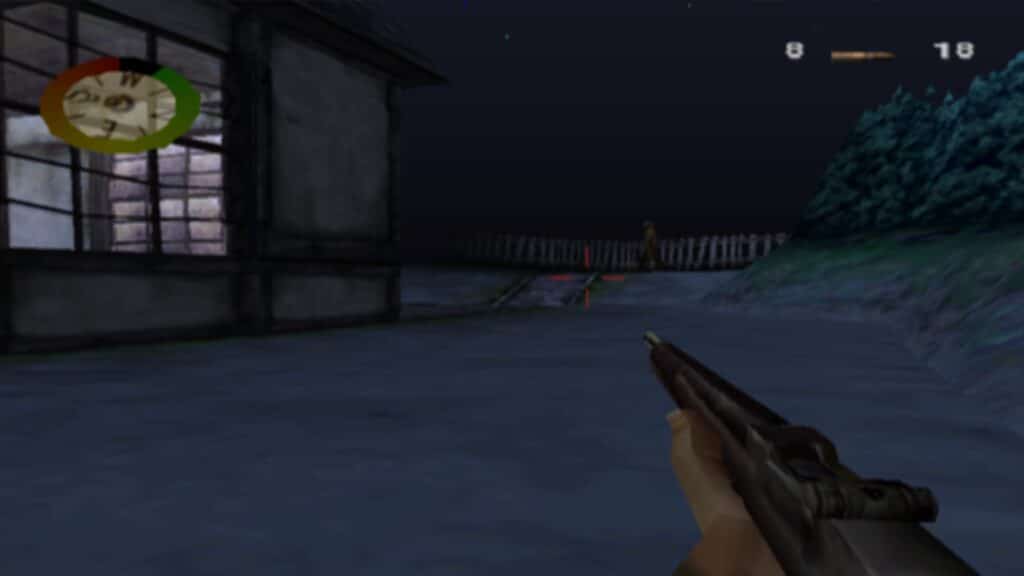
Patterson works alone. That far deep into enemy territory makes it so we never see a friendly face throughout our journey. If it moves, shoot it. Our first mission sees us parachute into France in search of a downed pilot that holds sensitive information. The first thing you will notice after being briefed and let loose into the game world are the outdated controls. This is far from the standard button placements you will find in FPS titles today. Whatever the action you are seeking to perform, it will take some getting used to. Your main elements to focus on is your ability to aim using R2 and crouching with L2. You will likely not hit your target by hip-firing, and making yourself a smaller target is vital to survival as Patterson is not superhuman.
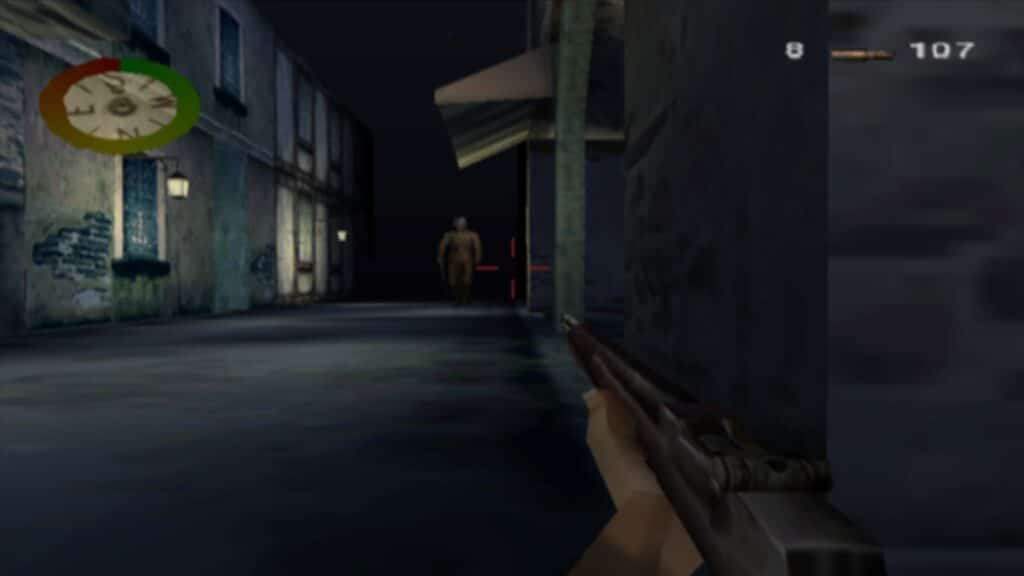
Hitting the ground and aiming are your most important factors to have become second nature in the early game. Being made for the modest hardware of the Playstation, that comes with some sacrifices. Chief among those is the view distance. Both objects and environments will appear out of the ether only a couple of feet in front of you. This includes enemy soldiers. By the time you see your foe, both of you will be well within medium range, making victory usually a case of who fires first. Going prone and firing is invaluable due to that. Eventually, you will have to get a grip on the clunky movement system as well. The first few missions pits you against rather inexperienced soldiers, but as time progresses, you will be facing far more skilled opposition that can make use of grenades and cover.
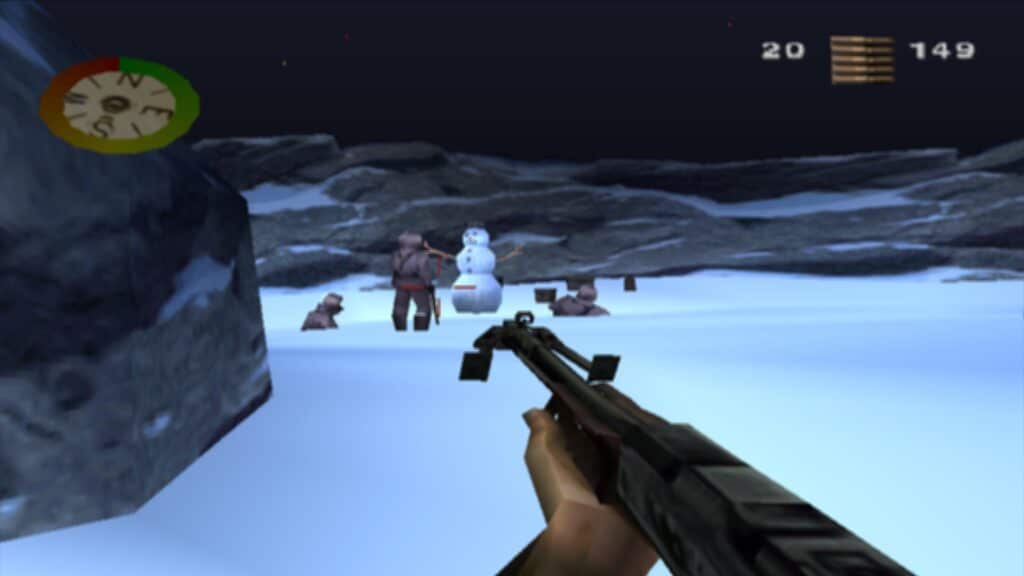
The enemy AI can be quite impressive at times, especially for the time. They can roll, dodge, use cover, and blind-fire from a safe position. At times, the best course of action will be to rush them and get in face to face. Unfortunately, the movement is the thing that has aged the worst. It is far too clunky to be reliable and you will occasionally find your character getting stuck on random scenery. Not ideal when you are in the middle of a battle and out in the open. The worst comes whenever you encounter ladders. Our character gravitates towards them at too long of a distance. Even walking by one will see you start floating up into the air, leaving you unable to crouch or aim. Patterson can climb the bloody thing backwards as well, despite not even looking in its direction. RIP the poor sod that was in a combat situation or just trying to get away from a live grenade.
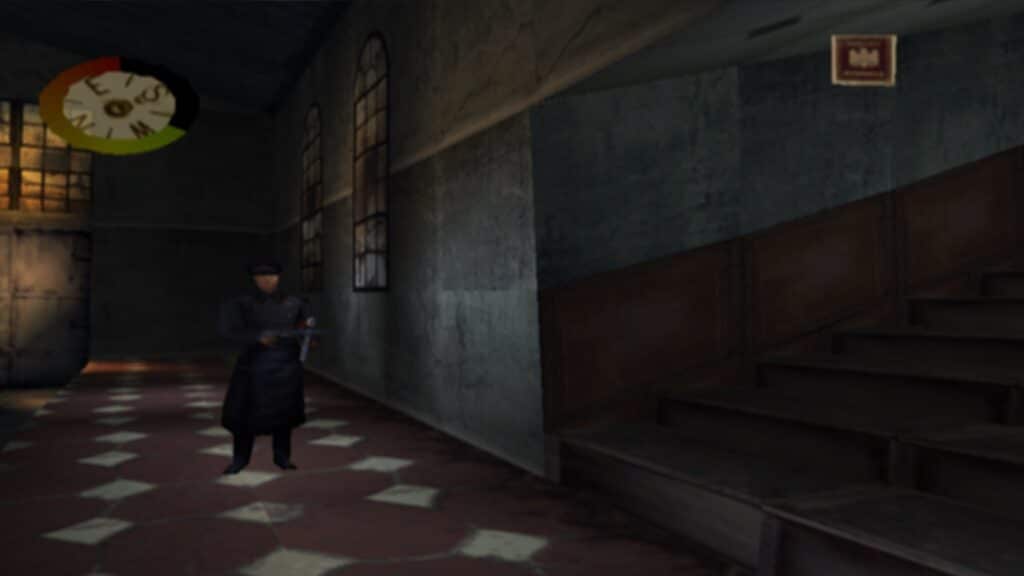
When the AI works, it works exceptionally well. In the cases it doesn’t, they are abysmal. There is rarely any middle-ground to them. My biggest complaint with them is their ability to spot you when they really shouldn’t be able to. They can see you through walls, making it darn annoying when you encounter a situation that has you crawl through some vents and alerting them all before you can so much as see the layout of the room you will be entering. Worse is when the level has some verticality to it. Remember the ladders? Yeah, you can nearly always expect enemies to be waiting at the end of it and ready to shoot your defenseless self in the face as you climb up or down it.
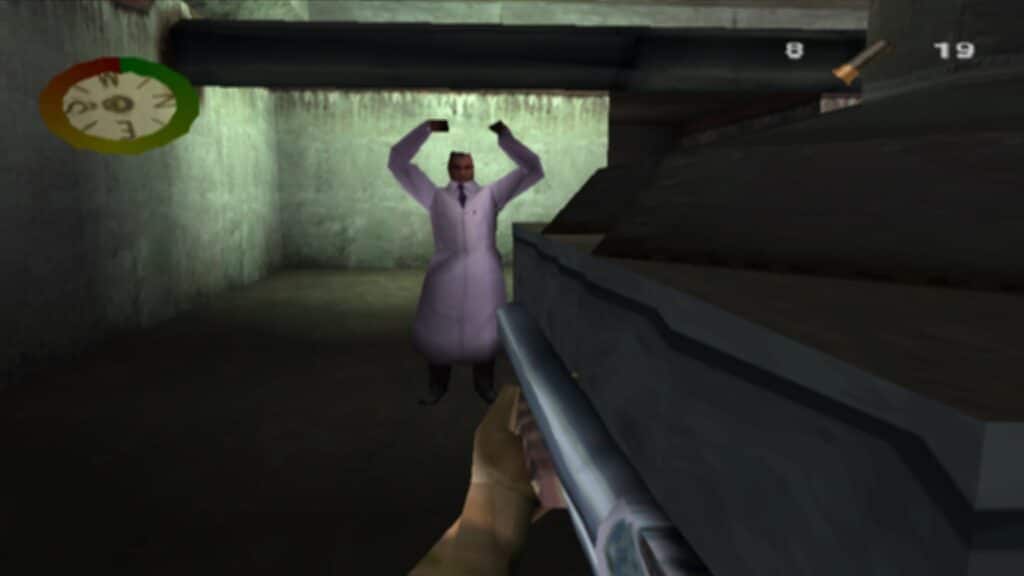
Medal of Honor has no difficulty settings, though you will find that it is more forgiving than you may expect. Our character can take a significant amount of damage before going down, so in cheap situations like those involving ladders, you likely won’t die. It uses a first aid healing system. Most of your deaths will be from having your health worn down through multiple firefights and not finding any healing items, rather than a single encounter spelling your end. You do still have to play carefully, though this title leans more toward Action than any form of realism. Just stay clear of explosives or heavy weaponry like turrets. Those will chew through your health in no time.
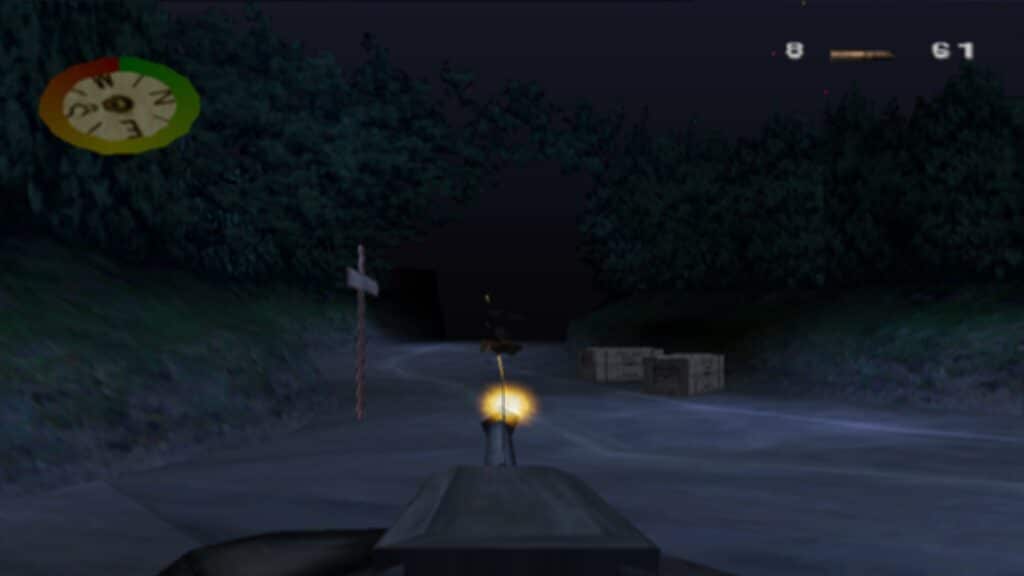
You will have access to a variety of authentic WW2 weapons throughout, depending on the mission. There is no limit to the amount you can carry at once, though you do not have the option of choosing which or getting more. What you are given is all you can get. Running over any enemy weapon simply gives you more ammo for your equivalent gun. This becomes a problem on a few occasions. Primarily when you are forced to have a Sniper rifle. It is nearly useless. Not only are there no long-range firefights, but it also lacks stopping power. You will need to shoot an enemy twice to down them, even if it is a headshot. The amount of time it takes to line up a shot in your scope and then the time to fix your aim again after a shot makes it inferior in every way to a regular rifle. It is so severe that I always resorted to shooting all my rounds into a wall and using the Sniper to bludgeon my enemies to death.
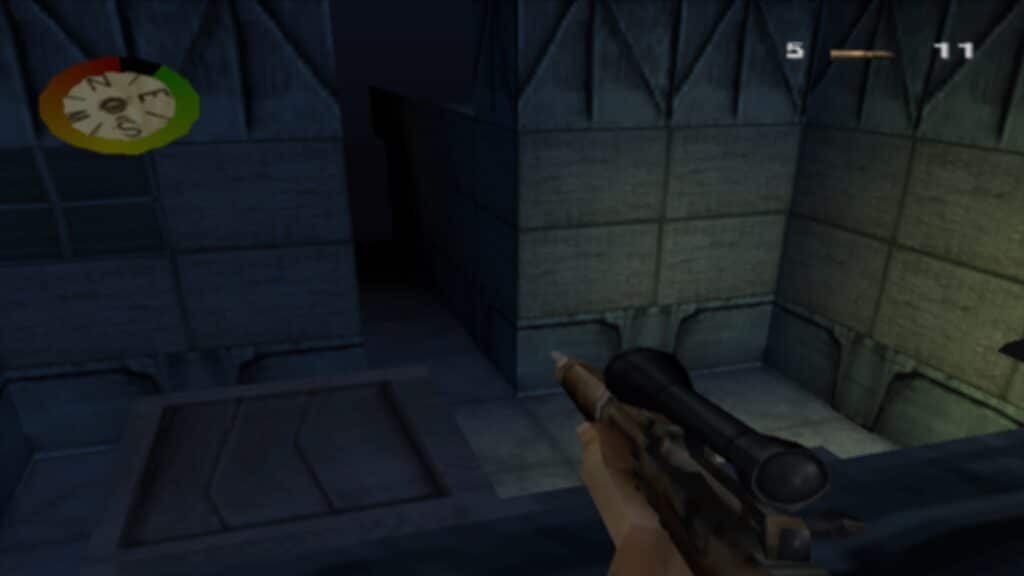
Another problem with the weapons is that you cycle through them one by one. It is a slow process and one you should avoid doing in the middle of a fight. The grenades also count as their own weapon, so you have to slowly switch over to them if you ever want to use them. Throwing them is also a finicky process. Your character throws it like if he was tossing a skipping stone. Do not count on having precision with them, their best uses are situational such as it being a safety measure before going down a ladder. There is one stage that requires you to disable combatants inside fortified bunkers with grenades. That was a hair-pulling process and instead, I ultimately ended up taking heavy damage in order to shoot down the turret gunners.
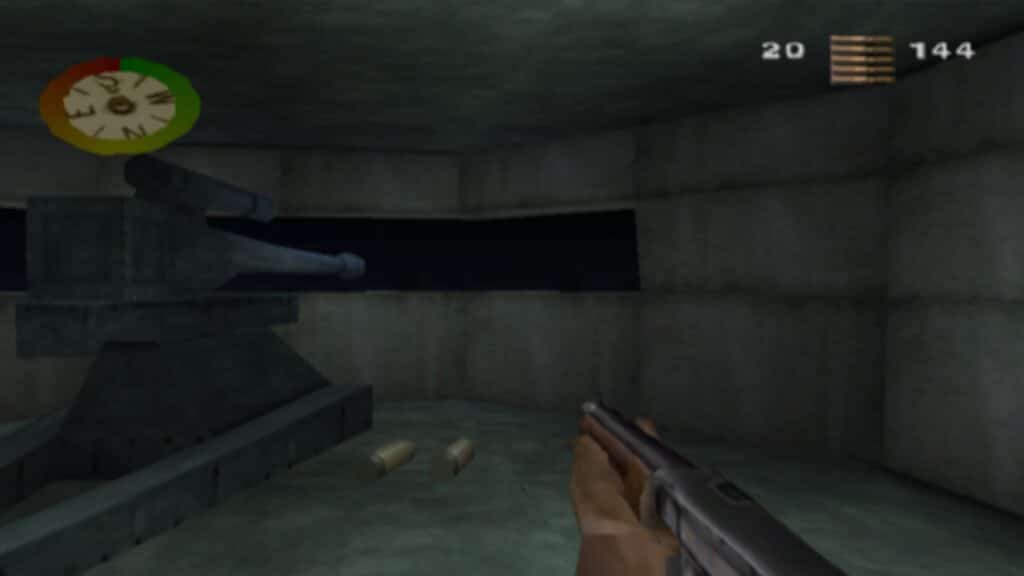
It is no doubt an ambitious game, yet how they implement things does not lend itself to their attempts to spice things up from pure shooting. Another example of this are the missions that have you pose as a Nazi officer and walk among them. This was awesome at first, until you realize that Nazis have the memory of a goldfish. Show your identification to a patrol, walk a couple of steps, and he will forget he has ever seen you before asking for your ID again. Make any sudden movements and you will be gunned down. You will have to go through this process many times due to AI having no memory. It wouldn’t be much of an issue if this was a unique situation, yet they repeat this ‘stealth’ enough times that it starts to fatigue. Other officers will recognize that you are a fraud and taking them, as well as their guards down before they hit an alarm is exhilarating, however.
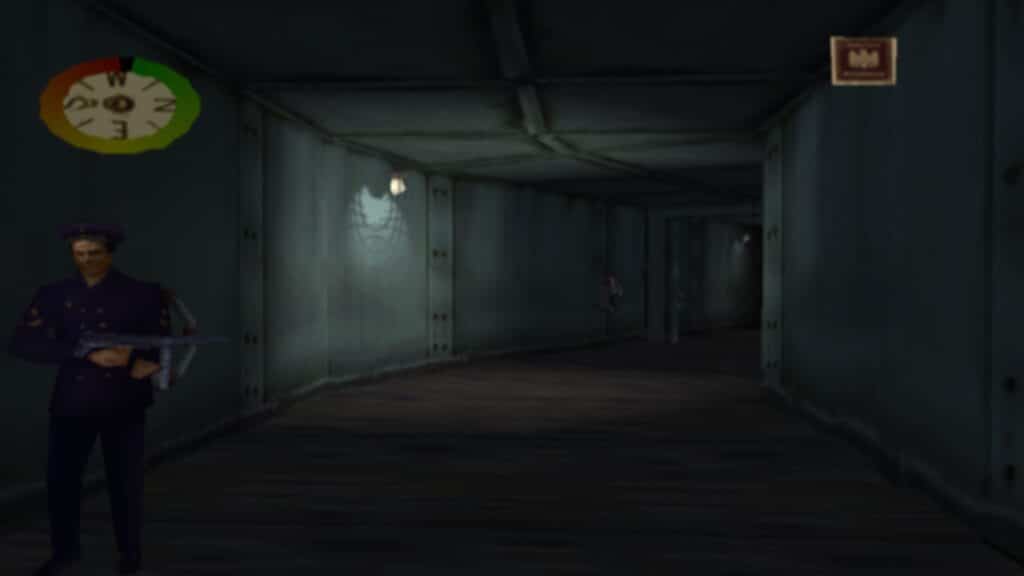
As many negative things I have had to say about the missions so far, they are in fact one of the best parts of this title. It starts off with really simple and mostly linear maps to get you into the flow of things. Before long you’ll find yourself given a laundry list of things to do within a given mission. This is a far cry from many of today’s shooters. You will have to pay close attention to your briefing to know exactly what is required of you. It vaguely tells you your objectives in the pause menu, though that is more to remind you than to inform of how to do things. This goes a long way into making your overall goal feel grand. You may go in being told to eliminate a Heavy Water facility, but then you’ll find yourself destroying supply trucks that could move the substance, a ferry full of it heading to Germany, and a list of who exactly their scientists are, to name a few tasks.
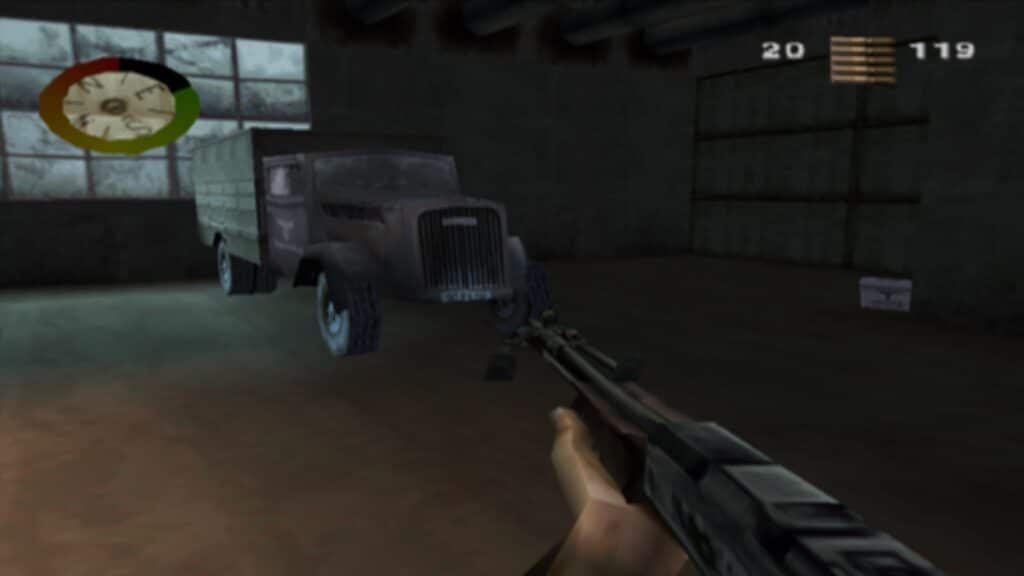
It is impressive in scope too. You will be flown in to handle situations all across Europe and find yourself in the war-torn urban cities of France to the desolate, snow-covered hills of Norway. Every mission is memorable and recounting how you achieved your overall objective is an epic story within itself. Death will set you back to the beginning section of that mission. There are seven missions overall, all split up into several sections. The time to complete them can vary wildly. Some are as short as something you’d find in a mobile game, while others are grand and make for quite the setback should you die. There are no checkpoints or manual saving. It does make the action more intense but does also amplify anything you can consider cheap, like the AI seeing through walls or ladders having a gravitational pull.
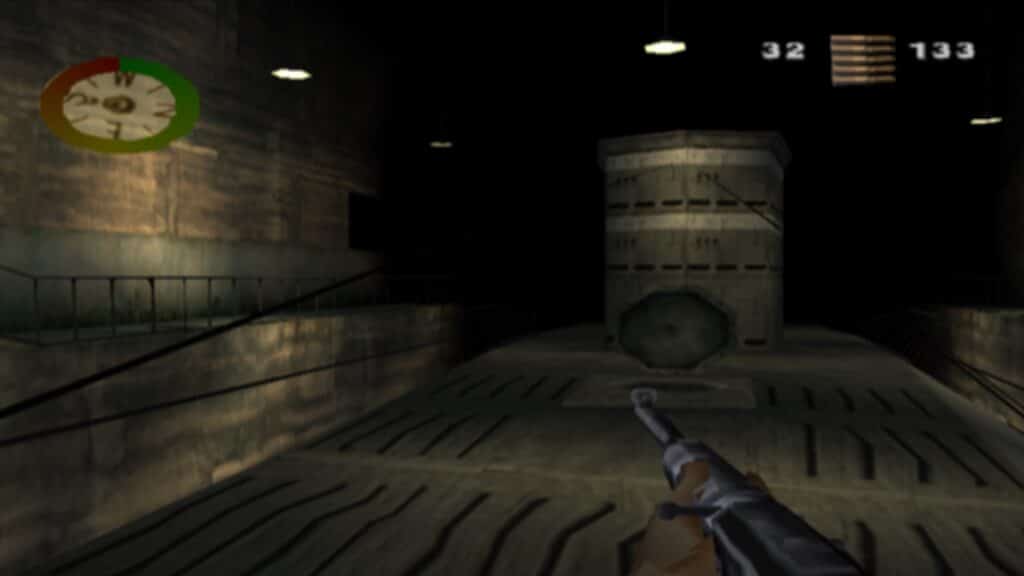
Mission six is where it went a bit insane. It will introduce enemies wielding RPGs and your environment is inside a tight, enclosed mine. Seeing Nazis shooting heavy explosives only a couple of feet from you and inside of a mine was ridiculous. It also destroyed the balance. If you get hit with a rocket, it is a one-shot kill. Your health bar is useless in this case, so you will do everything in your power to stop him before he fires. This is a common enemy. You will completely change up how you play and it simply isn’t fun. They reload very quickly and once in firing position, can shoot an RPG every few seconds. If you didn’t see him before that, it comes down solely to luck if he misses and gives you a chance to fire back. With how low the view distance is before you can see him, and the fact that the game spawns him out of thin air at times even when there was nothing in the room you just passed, it was definitely a low point in this adventure. Far from unplayable, but also far from enjoyable.
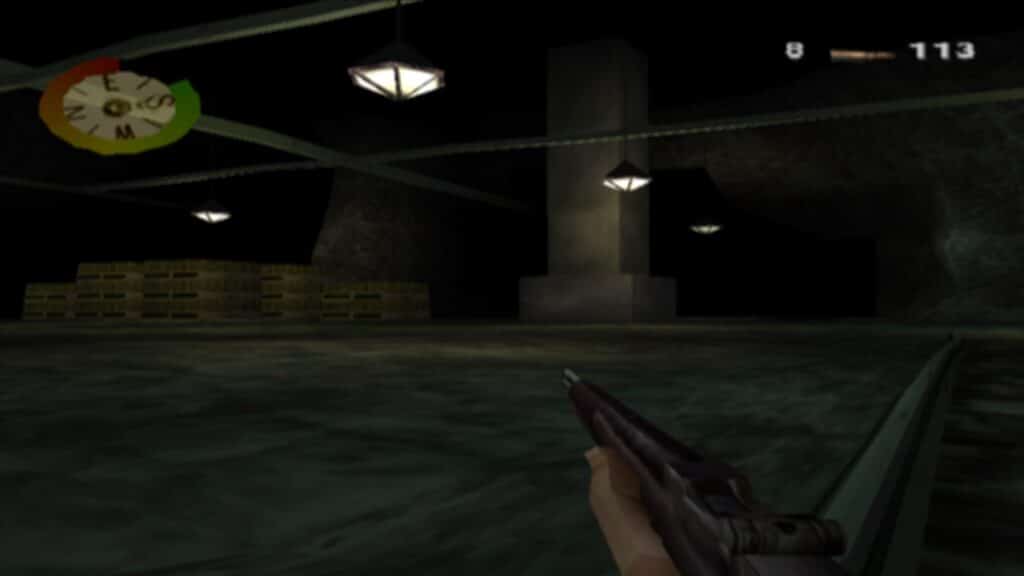
After that mission, he is much rarer and no longer a common enemy. It is far less tedious that way. Enemies usually do not spawn out of thin air. They are hand-placed in a location where you can see them. Only in a few instances does the game decide to pop them out of thin air and in places you’ve already cleared. Those are obviously not great, yet happen rarely enough to be a minor annoyance. I do find their use of sound design to be great and help a ton with the view distance. Your character doesn’t have a footstep sound effect, but your enemies do. You can usually tell the number of Nazis coming and their direction to allow you to prepare the appropriate weapon before the fighting happens. When it comes time to finally pull the trigger, the sound effects for the guns are weighty and a treat for the ears. It has great sound design, in general.
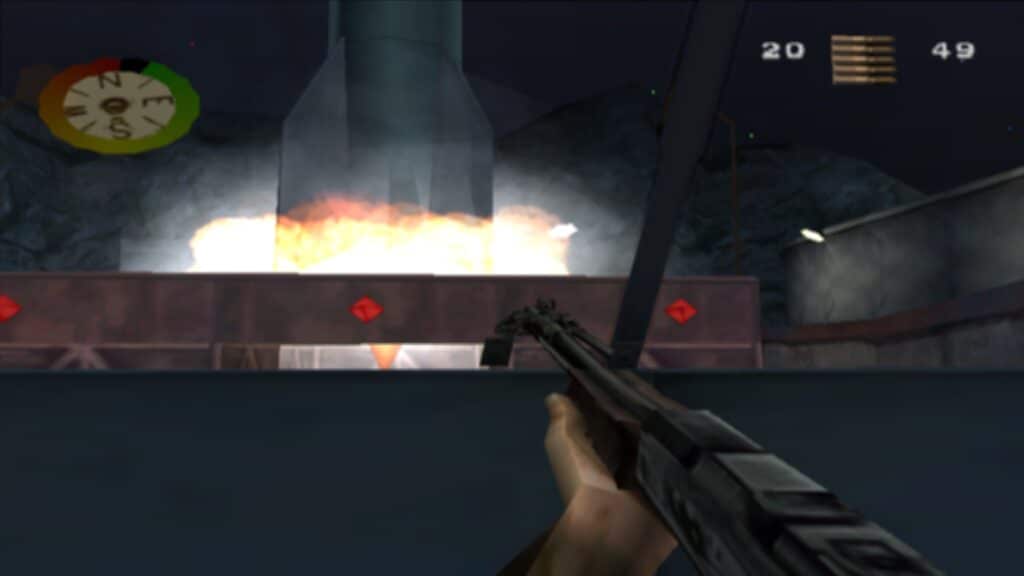
For its time and especially for the system it was on, Medal of Honor certainly deserved all the praise it got. Viewing it from modern-day lenses, however, and it has aged greatly. It’s not even the controls that are abnormal from today’s standards that does it in. It is merely that the great scope of all they were trying to accomplish left just as many things feeling janky. This was a near-legendary game back in the day, though today, in my opinion, isn’t something you must run out and experience. Temper back your expectations and you will find that it remains an enjoyable eight-hour journey through the heart of a war-torn Europe. With the story director being Steven Spielberg, who just released the hit film Saving Private Ryan a year prior, it is little wonder that the events that occur in Medal of Honor are this memorable.
- Acrolyte Demo - April 11, 2025
- Lostaris Demo - April 4, 2025
- El Panadero -The Baker- Review - August 27, 2024